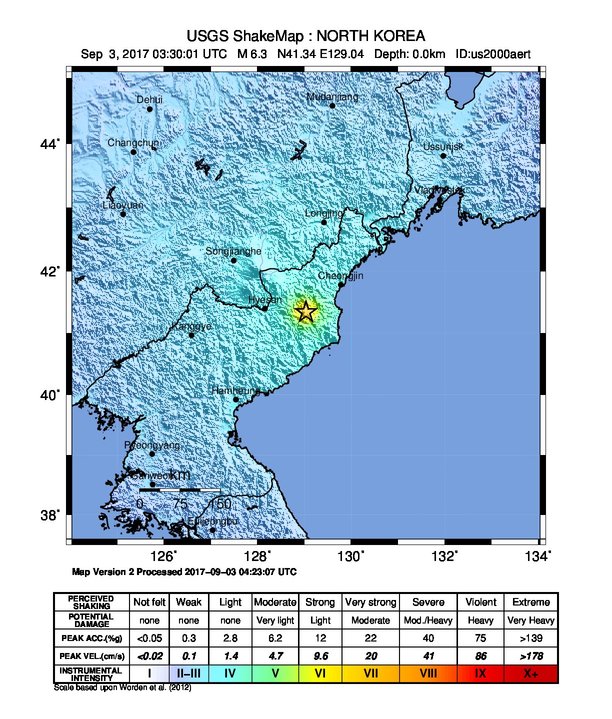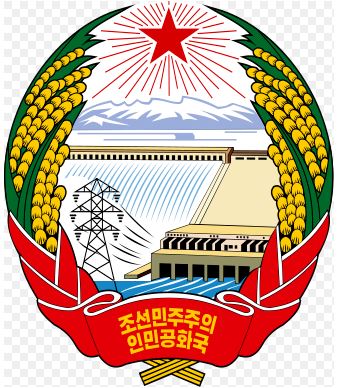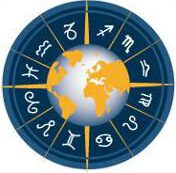Astrology & Volcanoes: Paektusan volcano in astrogeography. Astrogeographical data about one of the world`s most dangerous volcanoes.
Compare: Volcanic eruptions in astrogeography, The Astrogeographical Positions of Pyongyang and Seoul and future transits, Beijing in astrology – past and future transits for the capital of China, The Astrogeographical Position of Washington, Astrogeographic position of Moscow.

After North Korea`s thermonuclear weapon (hydrogen bomb) test on 3 September 2017 at 12:00:01 (03:30:01 UTC) followed by a smaller earth quake a scientific report analyzed the potential dangers from effects the test could have on the Paektusan volcano that`s located within only 100 km distance form the test grounds. Read the article here: Prediction of ground motion and dynamic stress change in Baekdusan (Changbaishan) volcano caused by a North Korean nuclear explosion. The news was reported by large mainstream media worldwide: Newsweek, Bild.
Astrogeographic position of site of North Korea`s thermonuclear weapon test for morphogenetic field level 1 which describes its supraregional and international resonance and impact: the site ist located at 19°Taurus and 28°Gemini.
The Paektosan volcano

Paektusan or Mount Paektu (literally: white headed mountain) in chinese called Changbai shan is a a 2,744 m tall active volcano on the border between North Korea and China. North and South Koreans consider the volcano and its caldera lake to be their countries’ spiritual home. It is also the mountain in the Korean Peninsula and Northeast China region with a large crater lake named Heaven Lake on top.

The caldera is 5 km in diameter and was formed by the VEI 7 “Millennium” or “Tianchi” eruption of 946, which erupted about 100–120 km3 of volcanmic material. It was one of the largest and most violent eruptions on our plabet in the last 5000 years (alongside the Hatepe eruption of New Zealand`s Lake Taupo at around 180 AD and the 1815 eruption of Tambora volcano in Indonesia.

According to the Dangun Myth Korea was founded by King Dangun on 3 October 2333 BC. According to that myth Dangun was sent from heaven to earth in order to found the country. He descended on a mountain called Taebaek. There are three candidates for the “authentic” mountain where the king landed – one of which is Paektosan. Celebrated under the name of Gaecheonjeol (“the day when the sky opened”) the date is celebrated as the day of the foundation of the country as an official holiday until today.
Astrogeographic position of Paektosan volcano for morphogenetic field level 1 which describes its supraregional and international resonance and impact: the cordinate for the morphogenetical latitude is located at 12° in air sign Gemini and the coordinate for its longitude at 7° in earth sign Taurus.
Astrogeographic position of the crater lake of Paektosan for morphogenetic field level 2 which describes the atmosphere and energetical topics of the crater lake (caldera) only: the position in fire signs especially Sagittarius and Leo indicators for magma and water sign Scorpio indicater for pressure in magma chambers – is higly typical for calderas. In the case of Paektosan one coordinate lies in highly magnetic, centralistic, royal fire sign Leo the sign of the sun, light, power plants and heat. The second coordinate lies in movable air sign Gemini the sign of pathways, roads, passages, breathing, stopgaps and the function of the volcanic pipe as an opening in the ground where tension can be released. At the sites of calderas the three air signs stand for the volcanic pipes that allows the breathing out of the ground below.
North Korea`s Thermonuclear Weapon Test
The astrogeographical transits of tension of the Kim Jong Un thermonuclear weapon test in relation to the Paekttusan volcano are quite dramatical. But a clearer analysis of the structures below the area

North Korea`s Thermonuclear Weapon Test was carried out with Venus the rule of taurus and indicator for large amounts of material on 9° in fire sign Leo an important resonator for magma in exact square to the astrogeographic coordinate of the Paektosan supervolcano at 7° Taurus. The immediate effects of the weapon test can be seen in an intense pressure exerted on the area near the volcano.
The opposition of the Sun at 10° Virgo with Neptune at 13°Pisces had both planets in exact square to the 12°Gemini astrogeographical position of the Paektosan supervolcano indicating an extreme challenge to the stability of the situation at the area around the volcano. Psychologically the decision to carry ouit the test 3 days before the Sun – Neptune opposition shows an attempt of the Sun as the planet of absolutistic rulership to fight Neptune the indicator for individual insecurity and the challenge to that individual`s rulership. The position of Neptune conjunct the IC stands for the destabilization of the ground at the testing site.
Pluto at 17°Capricorn though retrograde during the weapon test is currently transiting the apparently highly sensitive 18°Capricorn mirrorpoint opposition to the 12°Gemini astrogeographical coordinate of the Paektusan volcano. Compare the Jupiter-Pluto-Uranus conjunction around 18°Cancer during Paektusan`s millenium eruption in the passage below.
The 946 AD eruption of the Paectosan volcano
The 946 AD eruption of Paektu Mountain was one of the most powerful in recorded history. It is classified as a VEI-7 event in the volcanic explosive index. The eruption resulted in a short period of significant climate change in China. The “Millennium eruption” is assumed to have taken place in the winter of 946 It erupted about 100–120 km3 of tephra (volcanic material). An average of 5 cm of ashfall covered about 1.5 million km2 of the Sea of Japan and northern Japan.

The years 945/946 saw the transit of Saturn in Leo over the square position to the 7°Taurus resonating degree of Paektusan`s astrogeographical position. Jupiter joined the Uranus-Pluto conjuncton that was approaching the mirrorpoint of the 12°Gemini coordinate of the Paektusan volcano degree at 18°Cancer.
Conclusions and Future Transits
Pluto at 17°Capricorn though retrograde during the weapon test is currently transiting the apparently highly sensitive 18°Capricorn mirrorpoint opposition to the 12°Gemini astrogeographical coordinate of the Paektusan volcano. Compared to the Jupiter-Pluto-Uranus conjunction around 18°Cancer during Paektusan`s millenium eruption in 946 this marks a period of pressure for the area around the volcano – but without the extreme tension of the year 946 when the conjunction of Pluto and Uranus saw its climax.

The Saturn – Pluto conjunction on 13 January 2020 will take place near 23°Capricorn only around 5° from the sensitive 18°Capricorn position. As I suggested in my article on the astrogeographical position of Seoul and Pyongyang there is hope that the events of 1919 and 1920 could bring a solution for the problems between the two Korean states.
The next problematic phase my be Uranus` transit over the 7°Taurus astrogeographic position of Paektosan between March 2020 and April 2021. Uranus stands for explosions, discharge and release of tension. But without direct tightening aspects of Pluto and Saturn the intensity is not necessarily as strong as during the Pluto-Uranus conjucntion of 946.
